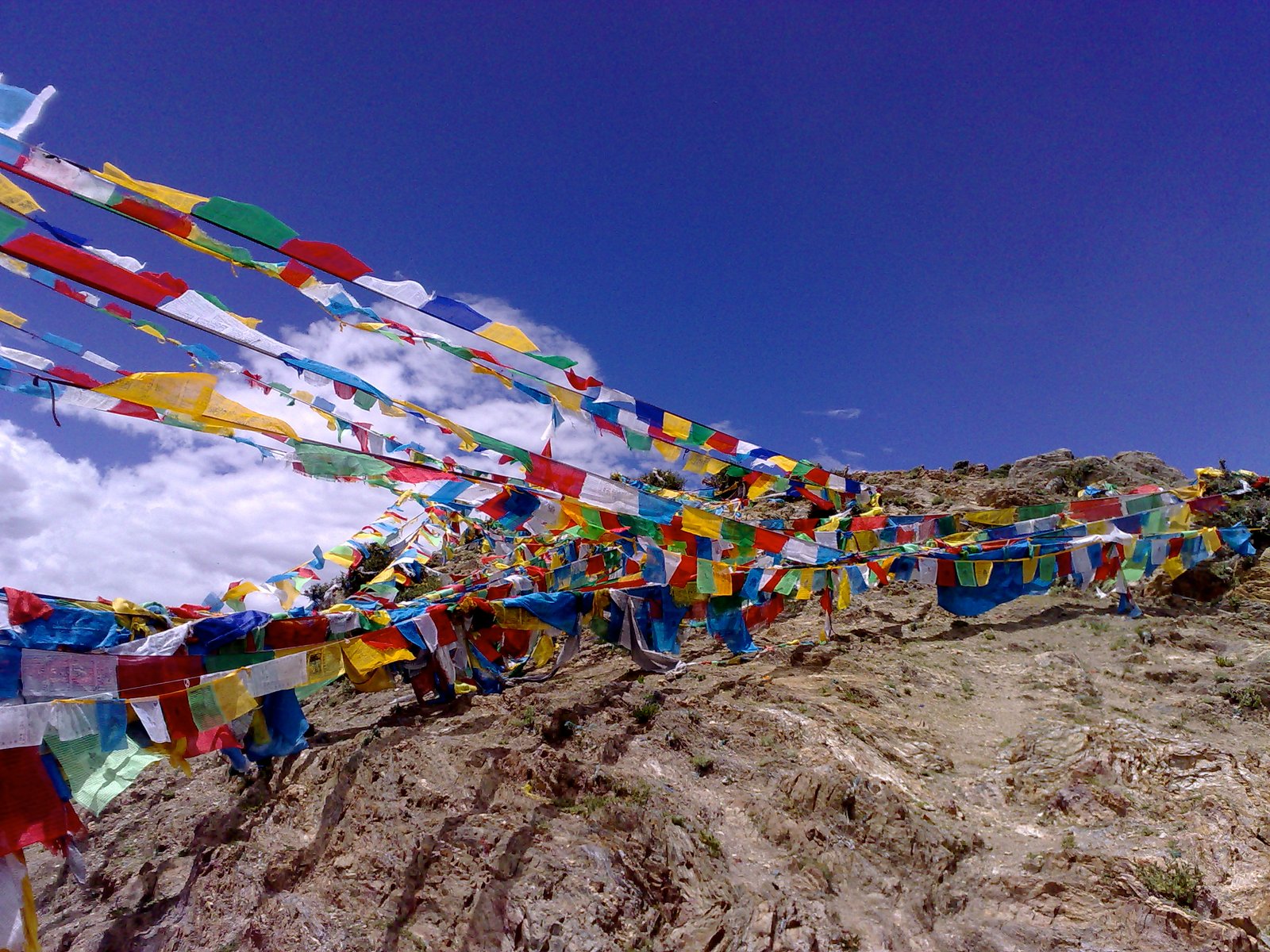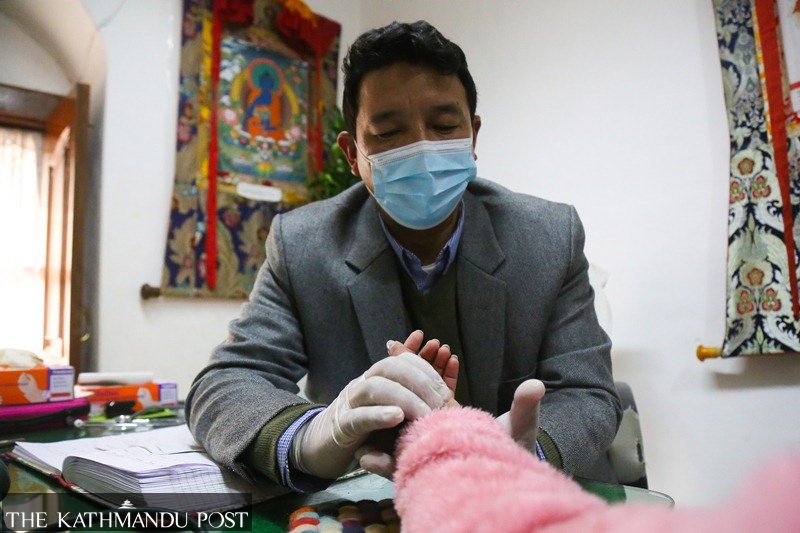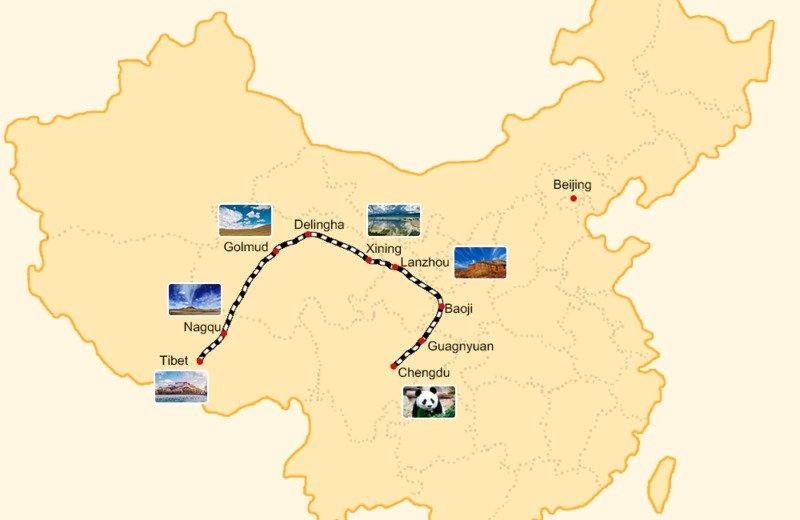Tibet-Nepal Fusion: From Chengdu To The Himalayas

Executive Summary

This comprehensive article delves into the captivating fusion of Tibetan and Nepalese cultures, tracing its origins from the bustling city of Chengdu to the majestic Himalayas. Through an in-depth exploration of five key subtopics, we uncover the rich tapestry of traditions, beliefs, and practices that have intertwined over centuries, shaping a vibrant and unique cultural landscape.

Introduction
Nestled at the heart of the Tibetan Plateau and bordered by the towering Himalayas, the region encompassing Tibet and Nepal has long been a cultural crossroads. Over time, the exchange of ideas, goods, and people between these neighboring civilizations has resulted in a harmonious blend of spiritual practices, culinary delights, and artistic expressions.
Shared Buddhist Heritage
The shared Buddhist heritage forms the cornerstone of the cultural fusion between Tibet and Nepal. Buddhism arrived in Tibet in the 7th century and profoundly shaped its society, while in Nepal, it became the predominant religion in the 4th century. This common spiritual foundation led to the development of intertwined rituals, beliefs, and monastic traditions.
- Similar Deities: Both Tibetan and Nepalese Buddhists venerate deities such as Avalokiteshvara, Tara, and Manjushri, representing compassion, wisdom, and enlightened protectors.
- Pilgrimage Sites: Devotees from both regions embark on pilgrimages to sacred sites, including Boudhanath Stupa in Nepal and Jokhang Temple in Lhasa, Tibet.
- Monastic Life: Tibetan and Nepalese monasteries share similar practices of meditation, chanting, and monastic discipline, fostering a strong spiritual connection.
- Buddhist Art and Architecture: The fusion of Tibetan and Nepalese Buddhism is evident in the distinctive architectural style of temples and stupas, adorned with intricate carvings and vibrant colors.
- Influences in Traditional Medicine: Tibetan and Nepalese traditional medicine draw heavily on Buddhist principles, emphasizing holistic approaches to healing and the use of herbal remedies.
Culinary Crossroads
The fusion of Tibetan and Nepalese cultures extends to their culinary traditions, creating a tantalizing blend of flavors and dishes. The influence of Tibetan cuisine on Nepalese cooking is evident in the use of spices, while Nepalese culinary techniques have enriched Tibetan dishes with new tastes and textures.
- Momos: These steamed or fried dumplings, filled with meat or vegetables, are a staple in both Tibetan and Nepalese cuisine.
- Thukpa and Thenthuk: These noodle soups, made with meat, vegetables, and a rich broth, are popular in Tibet and Nepal.
- Chapati and Roti: Unleavened flatbreads, widely consumed in Nepal, have found their way into Tibetan kitchens.
- Sujata and Rakshi: Traditional alcoholic beverages, prepared using fermented grains or honey, are enjoyed in both regions.
- Use of Herbs and Spices: Tibetan and Nepalese cuisines share a common love for spices, including cardamom, cumin, and chili peppers, resulting in aromatic and flavorful dishes.
Artistic Expressions
The Tibet-Nepal fusion manifests beautifully in the vibrant artistic traditions of these regions. From vibrant thangkas to intricate mandalas, artistic expressions showcase the cultural exchange and shared influences.
- Thangkas: These Tibetan Buddhist paintings depict religious deities, stories, and symbols. Nepalese artists have adopted this style, infusing it with their own unique techniques and color palettes.
- Mandalas: Sacred geometric designs representing the universe or spiritual concepts are common in both Tibetan and Nepalese art.
- Carpeting: Tibetan and Nepalese carpets are renowned for their intricate designs, often featuring traditional motifs and vibrant dyes.
- Metalwork: Tibetan and Nepalese artisans craft exquisite jewelry, sculptures, and ritual objects using techniques passed down through generations.
- Music and Dance: Traditional music and dance forms of both regions share similar instruments and rhythms, creating a harmonious blend of melodies and movements.
Festival Celebrations
The celebration of festivals in Tibet and Nepal provides a glimpse into the shared cultural heritage and the unique traditions of each region. These vibrant events bring communities together and showcase the fusion of spiritual and cultural practices.
- Losar: This Tibetan New Year celebration marks the beginning of the lunar calendar. It is celebrated in Nepal as well, albeit under different names.
- Dashain: Nepal’s biggest festival, Dashain, is also observed in Tibetan regions of Nepal and involves rituals, feasts, and family gatherings.
- Tihar: The festival of lights, Tihar, is celebrated in both regions, during which houses are decorated with lights and deities are worshipped.
- Buddha Jayanti: Commemorating the birth, enlightenment, and death of Buddha, this festival is celebrated with processions, prayers, and communal gatherings.
- Mani Rimdu Festival: A unique festival held in Tengboche Monastery in Nepal, it combines elements of Tibetan Buddhism, traditional dances, and masked performances.
Conclusion
The fusion of Tibetan and Nepalese cultures, a testament to their shared history, has resulted in a rich tapestry of traditions, beliefs, and practices. From the harmonious blend of their Buddhist heritage to the vibrant artistic expressions and festive celebrations, this cultural exchange continues to shape the lives of people in this captivating region. As the world becomes increasingly interconnected, the Tibet-Nepal fusion stands as a beacon of cultural diversity and harmonious coexistence, inspiring us to embrace the richness of our differences and celebrate our shared humanity.
Keyword Phrase Tags
- Tibet-Nepal Cultural Fusion
- Shared Buddhist Heritage
- Culinary Crossroads
- Artistic Expressions
- Festival Celebrations
